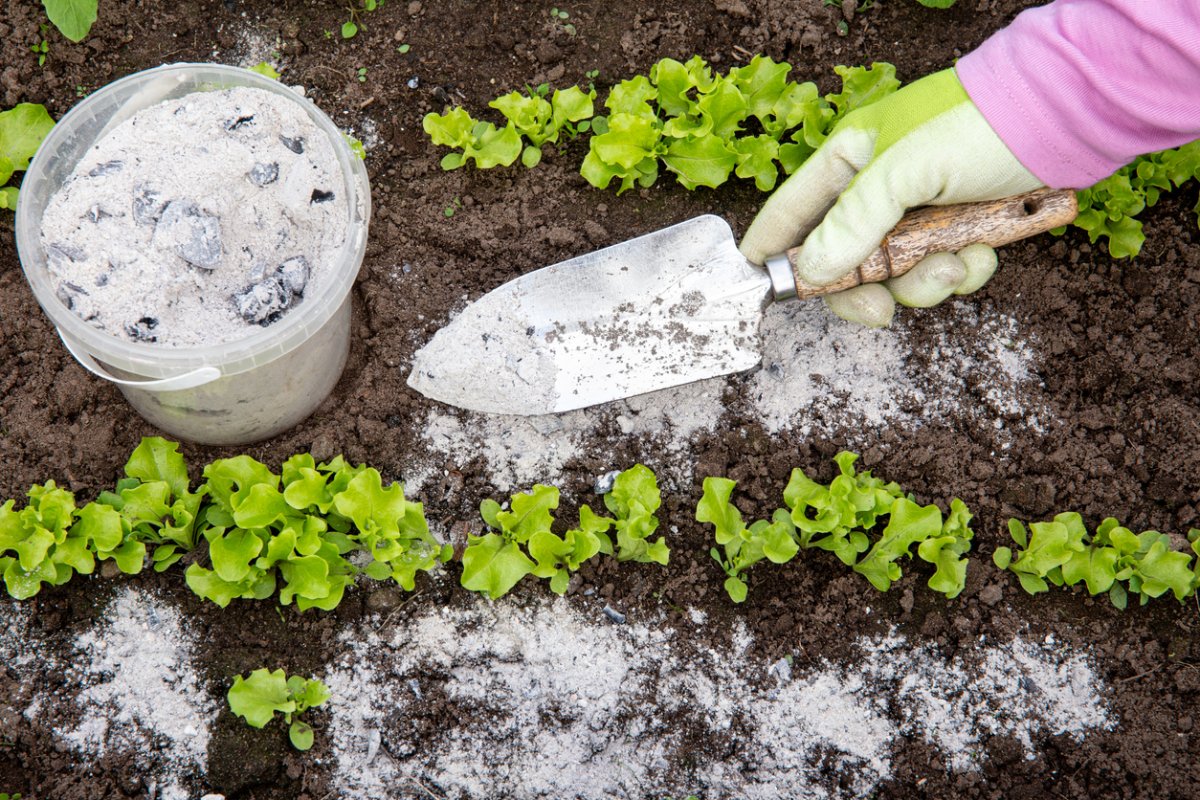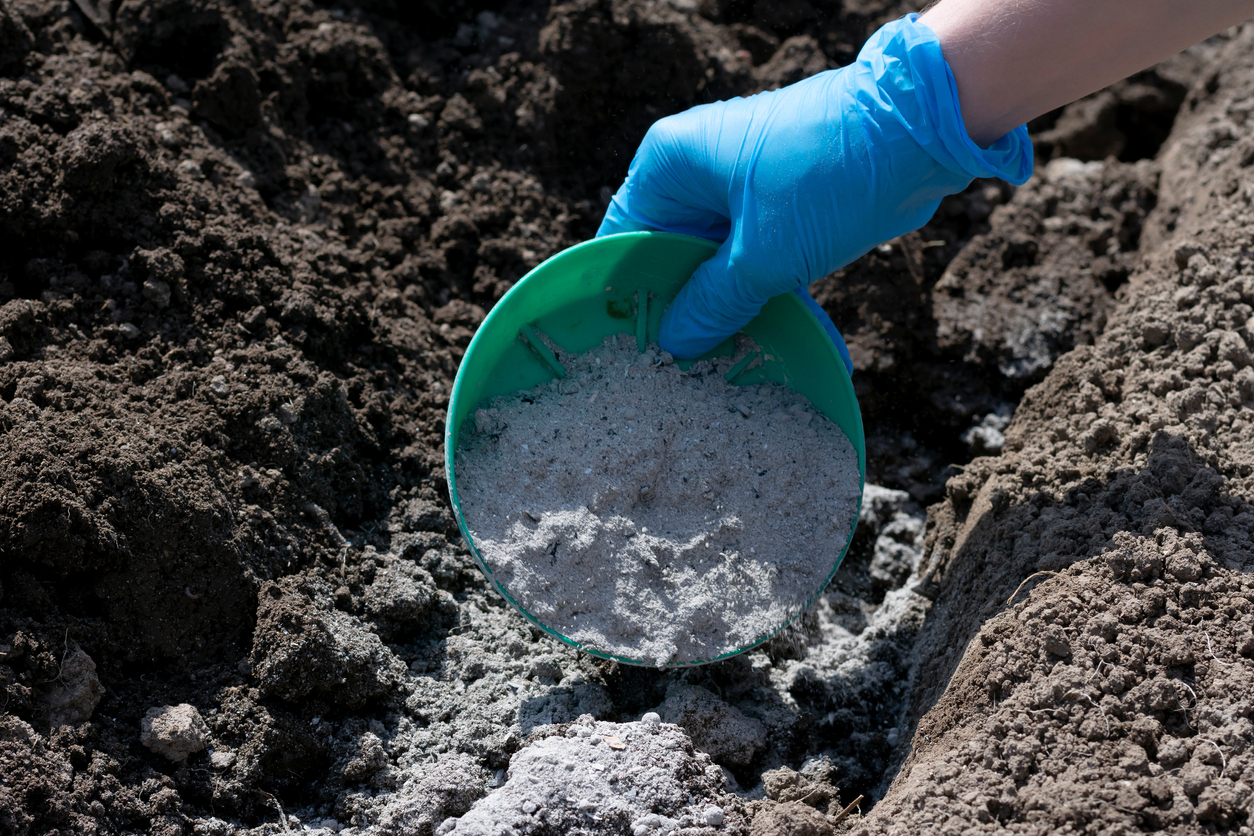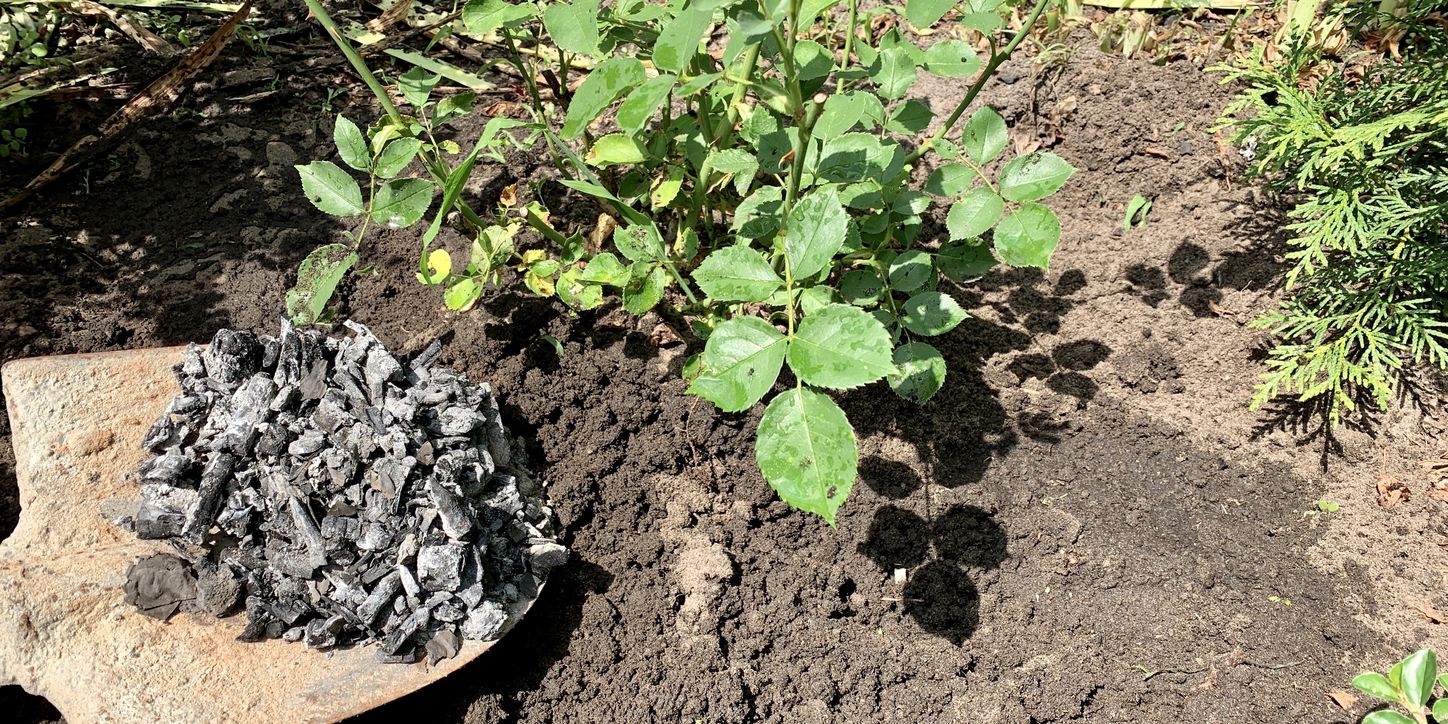

We may earn revenue from the products available on this page and participate in affiliate programs. Learn More ›
Are ashes good for plants when applied to garden soil? The answer depends on the “disposition” of the soil—whether it is sweet (alkaline) or sour (acidic) in nature! Because the carbonates in wood ash raise soil pH, they might push neutral soil over the line into an overly alkaline condition that will harm most plants.
However, if your soil is too acidic and lime has been recommended to amend it, you can opt for faster-assimilating fire pit wood ash in garden beds instead. Or you can dispose of the detritus from your ash vacuum after cleaning the fireplace.
RELATED: We Tested the Best Ash Vacuums, These Are Our Favorites for Keeping Your Fireplace Clean
6 Benefits of Using Wood Ash in Garden Beds
Before applying any “ash fertilizer” to soil or ash in compost, have your soil tested to determine its current pH level. Michigan State University warns that “when wood ash is used at pH levels above 6.5, interference with plant growth may occur as the alkalinity level of the soil increases.” Once it seems safe, consider these potential pluses:
Ash raises soil pH to lower acidity.
The raising of pH may or may not be beneficial, depending on how high the pH of garden soil already measures and the plants you are growing. Although most plants prefer only mildly acidic conditions, avoid applying ashes to the soil of acid-loving plants such as blueberries, hydrangeas, and potatoes.
It adds micronutrients to the soil.
In addition to calcium, ash for plants contains small amounts of other nutrients that can turn it into one of your secret ingredients for garden growth. Those nutrients include potassium, magnesium, phosphorus, sulfur, iron, manganese, zinc, and boron, among others.
Ash aerates heavy soil to improve drainage.
Among other wood ash uses is soil aeration. When worked into most soils, ashes add more air pockets, helping the soil to drain better. That may prevent problems caused by soggy conditions, such as root rot. Just use it in moderation, especially in soils already high in calcium, since repeated use of wood ash can lead to buildups of sodium and calcium.
Wood ash makes soil more friable.
Clay soil often can be hard to work in spring, due to its stickiness and tendency to clump when wet. Friable means “easily broken up.” Wood ash mixed in help soil crumble more readily, which means it is less compacted.
It increases microbial nitrogen mineralization.
Although most of the nitrogen in wood is released during the burning process, the breakdown of ashes in soil helps convert organic nitrogen already present there into the type that plants can use. However, you should never combine wood ash with nitrogen fertilizers, as that can produce ammonia gas.
Sprinkled ash can repel slugs from plants.
When sprinkled around plants, dry ashes reportedly irritate slugs and will prevent them from “crossing the line” to chow down on those plants. However, ashes cease being effective as a pest repellant once they become wet—and will have no effect on slugs already inside the line.

Types of Wood Ash to Use (or Avoid) in the Garden
When considering what to do with wood ash, keep in mind that hardwood ashes, such as those from oaks and maples, contain more nutrients than those of softwood conifers such as pine and spruce. And ashes from young trees contain more nutrients than those from old trees. However, all types can be used in the garden, as well as the ashes of lump wood charcoal. Don’t include ashes of briquettes that might contain ingredients other than wood.
Avoid applying ashes from painted or treated lumber or from trees that have grown near industrial sites and might contain contaminants. Although metals such as cadmium and lead aren’t easily taken up by plants, it’s best to be on the safe side. Also, make sure ashes applied to garden soil contain just wood ash and no plastics, oils, or coal ash, which will pollute the soil.
RELATED: The Best Soil Test Kits According to Our Tests
Composting Wood Ash
Although you can include ashes in compost, they should never make up more than 5 percent of the pile. The Royal Horticultural Society recommends that you “only add wood ash to the compost heap occasionally.” Only add once for every 6 inches of compost material; heavier use can raise the compost’s alkalinity and soluble salt levels, which could damage plants and soil. To check the level, the society says the ash should not be identifiable after it’s mixed into the compost. And, if you live in an area where the soil pH already is 7 or higher, you probably should avoid wood ash in compost—or in your garden—altogether.

Direct Application
Don’t allow wood ash to become wet before you apply it, or else many of the nutrients will leach out prematurely. If you are substituting wood ashes for garden lime, use twice as much wood ash as the amount of lime recommended for your soil. However, don’t apply more than 15 to 20 pounds of ashes per 1,000 square feet of ground.
Wear clothing that covers your arms and legs, goggles, and a dust mask when working with the ashes to prevent inhalation of particles or skin and eye irritation. Spread the ashes on a day when the soil is damp and no wind is blowing, preferably during fall, winter, or early spring. That allows the ashes time to break down before the garden begins to grow, since their salts may have an inhibiting effect on seed germination. Keep the ashes off the foliage of your plants and work them into the top 6 inches of ground.
